
Let’s build the future together.
Great ideas need great people. Partner with us to bring your vision to life, or take the first step in your career by joining our team of innovators.
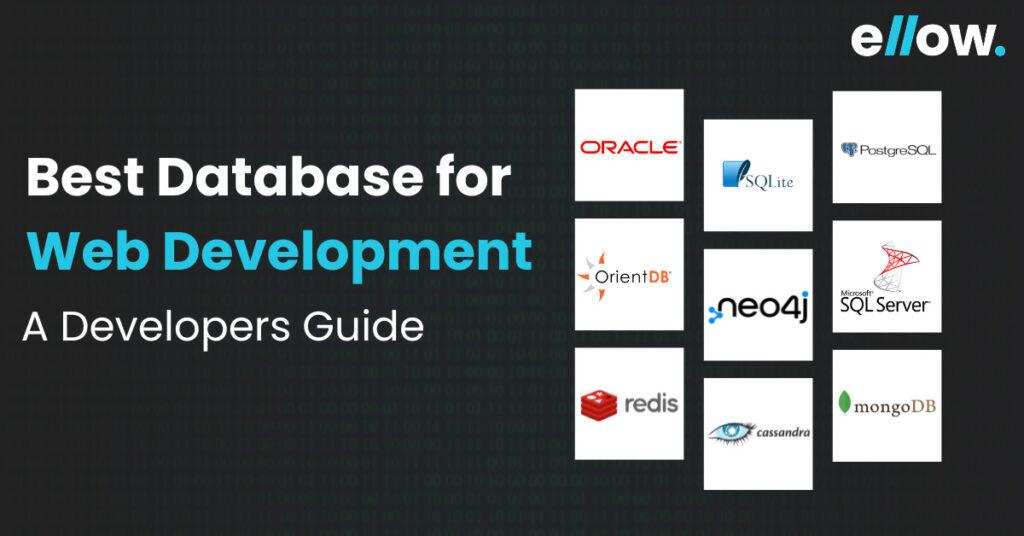
Imagine a website or app as a giant library, and the database is like the librarian who helps you find the books you want. Picking the wrong database is like having a confused librarian who needs help locating your books. This makes your website slow.
Every second, zettabytes of data are generated in terms of pictures, videos, or simply text content, and databases play an important role in managing it effectively. In simple terms, the right database is like the engine in a car, making sure your website or app works well and can handle all its data efficiently. According to a Statista Survey, the total amount of data created, captured, copied, and consumed globally is forecast to increase rapidly, reaching 64.2 zettabytes in 2020.
To make sure the apps work well and are fast, reliable, and secure, developers must select the right database for their projects.
Let us see what a database is and how to select the right one for your organisation.
A database is like a cabinet where information is stored and organized. It is like having a big collection of folders and files neatly arranged on your computer, and you can find them easily without any struggle.
In web development, a database plays a very important role. It is like an engine behind a website or app. When we visit a website, the database stores and gives us all the data we see, like text, images, and user information. Without a database, web development would be messy and disorganized.
In the Statista survey, slightly less than 18 percent of participants mentioned PostgreSQL as one of the most desirable database skills. MongoDB is ranked second, with 17.89 percent expressing their willingness to work with it.
Here are some of the database types:
Here are some of the popular and most commonly used databases:
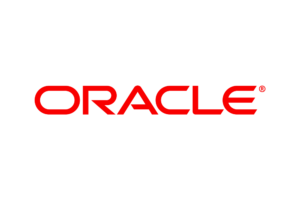
Main Features: Oracle is known for its robustness and reliability. It has advanced features like partitioning and clustering for managing data efficiently.
Scalability and Performance: Oracle is great for big web apps and can handle loads of data.
Security Features: Oracle has robust security features with encryption, authentication, and access controls.
Pros: It has very high performance and robust security.
Cons: It can be a bit expensive for small projects.
Use case scenario: For a large e-commerce website that handles millions of customer orders, Oracle’s database ensures lightning-fast order processing, secure payment transactions, and efficient inventory management, keeping the online store running smoothly and customers satisfied.
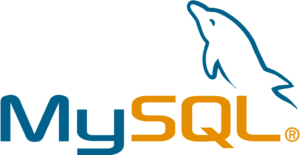
Main Features: MySQL is an open-source database with a wide developer community.
Scalability and Performance: MySQL is great for small to medium-sized web applications, but it has challenges with very large datasets.
Security Features: MySQL offers basic security features but requires additional configuration for strong security.
Pros: It is open-source and has good performance.
Cons: It has scalability limitations for very large projects
Use case scenario: In a hospital’s web-based appointment system, MySQL stores patient details, appointment schedules, and doctor availability. When patients book appointments online, MySQL ensures accurate records. This simplifies hospital management and enhances patient experiences, demonstrating MySQL’s versatility beyond e-commerce in web development.

Main Features: The SQL Server offers high availability and robust performance features. It integrates well with Microsoft technologies.
Scalability and Performance: SQL Server can handle growing amounts of data and users without slowing down or experiencing any performance issues.
Security Features: It has strong security features with encryption and access controls.
Pros: The main advantage of SQL Server is its integration with Microsoft products and strong performance.
Cons: The licensing costs are high.
Use case scenario: A real estate website uses Microsoft SQL Server to organize property listings, agent details, and user preferences. When visitors search for homes, SQL Server quickly retrieves matching listings, ensuring a smooth browsing experience. It also handles secure document storage for contracts and agreements, streamlining property transactions.
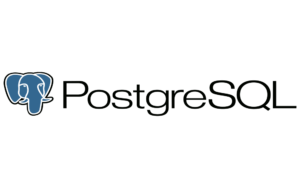
Main Features: PostgreSQL is open-source and highly expandable, with support for JSON and advanced data types.
Scalability and Performance: It expands easily and makes web apps work fast and well.
Security Features: PostgreSQL has robust security features, including role-based access control.
Pros: It is open-source and extensible.
Cons: Some drawbacks of PostgreSQL include a steeper learning curve for beginners, and there is a need for more manual optimization in certain cases for high-performance requirements.
Use case scenario: Small business websites such as PostgreSQL to manage customer data, inventory, and orders. When customers place orders, PostgreSQL quickly updates the database, ensuring accurate stock levels. The business also tracks customer preferences, helping personalize marketing efforts, resulting in increased sales and customer satisfaction.

Main Features: MongoDB is a NoSQL database, ideal for handling unstructured data.
Scalability and Performance: MongoDB excels in scalability and can handle large data sets efficiently.
Security Features: Security in MongoDB can be complex to set up but has strong protection.
Pros: It is flexible and great for unstructured data.
Cons: It has a complex security setup.
Use case scenario: Imagine a social media platform like Instagram using MongoDB to store millions of user-profiles and their photo collections efficiently. MongoDB’s flexibility allows quick retrieval of images and user data, enabling users to seamlessly browse and share photos, making it ideal for image-heavy web apps beyond e-commerce, healthcare, or real estate.

Main Features: DB2 is known for its reliability, high availability, and support for various programming languages.
Scalability and Performance: Its scalability is great and delivers strong performance for web applications.
Security Features: DB2 offers very strong security features, including encryption and auditing.
Pros: DB2 is highly reliable and supports multiple programming languages.
Cons: Licensing costs can be high.
Use case scenario: Imagine a large online retail store like “ShopItNow.” IBM DB2 manages its massive product database, ensuring speedy searches for customers. It handles secure payment processing too. As “ShopItNow” grows, DB2 scales smoothly to handle increasing traffic. This robust database makes online shopping effortless for millions of users.

Main Features: Redis is an in-memory data store known for its blazing speed in data retrieval.
Scalability and Performance: Redis is very fast, but it may not be suitable for large data storage.
Security Features: Security in Redis depends on how you set it up outside of the database itself. You need to configure access controls, passwords, and other security measures, which may require additional attention for strong protection.
Pros: It has lightning-fast data retrieval.
Cons: It has limited data storage and a complex security setup.
Use case scenario: In a chat application, Redis quickly stores and retrieves messages, ensuring real-time communication. When users send messages, Redis keeps chats fast and reliable. It’s like magic, making chats lightning-fast without delays, which is crucial for a smooth chatting experience in web development.
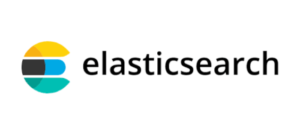
Main Features: Elasticsearch is great for finding words in a lot of texts and for analyzing data for websites that have lots of content.
Scalability and Performance: Elasticsearch has the scalability to handle large volumes of data and delivers fast search and analytics capabilities, making it suitable for content-heavy web applications.
Security Features: Elasticsearch offers security features like authentication and role-based access control.
Pros: It is excellent for full-text search and analytics.
Cons: It may require an expert in Elasticsearch to set it up.
Use case scenario: Imagine a travel website. Elasticsearch helps users find the perfect vacation by quickly searching through vast options of flights, hotels, and activities. It suggests destinations based on preferences and analyzes traveler reviews to recommend ideal getaways. Users can explore adventures effortlessly, making travel planning a breeze.

Main Features: Cassandra is a database that can handle loads of data and keeps working even if something goes wrong. So it is perfect for web apps that use many computers.
Scalability and Performance: Cassandra has the scalability to handle massive amounts of data and delivers strong performance for distributed web applications.
Security Features: It provides security features but may need additional configuration for strong protection.
Pros: Cassandra is excellent at handling large data sets and users, so it is perfect for large apps.
Cons: It has a complex setup and configuration.
Use case scenario: Imagine a ride-sharing app like Uber. Cassandra helps store and quickly retrieve ride data, matching drivers and riders in real time. As more people join the service, Cassandra ensures the app remains fast and reliable, providing a seamless experience for users, even during peak hours.
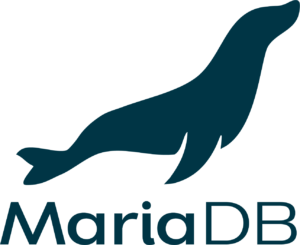
Main Features: MariaDB is a free and easy-to-use database that works like MySQL and is good for doing tasks quickly.
Scalability and Performance: MariaDB offers good scalability and solid performance for web applications.
Security Features: It provides standard security features, including encryption.
Pros: It is open-source and has the compatibility of MySQL.
Cons: May require additional configuration for some advanced features.
Use case scenario: Imagine a travel booking website powered by MariaDB. It efficiently stores vast travel data, including flight schedules, hotel bookings, and customer profiles. When users search for flights or accommodations, MariaDB swiftly retrieves options, ensuring a seamless booking experience. The system scales easily to handle a surge in travelers during peak seasons, making MariaDB an ideal choice for this web platform.
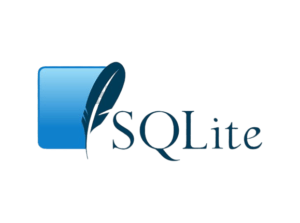
Main Features: SQLite is a lightweight, embedded database suitable for mobile and small-scale web applications.
Scalability and Performance: It’s not suitable for large-scale applications but performs well in embedded scenarios.
Security Features: SQLite offers basic security features but is not suitable for high-security needs.
Pros: SQLite is lightweight and is good for small-scale applications.
Cons: SQLite has less scalability and security for complex applications.
Use case scenario: Imagine a small event management website. SQLite is perfect for storing event details, attendee lists, and schedules. It keeps things simple and fast, ensuring quick access to event information. Plus, it’s cost-effective for a small project like this, making it an ideal choice for web development beyond e-commerce and real estate.
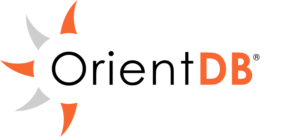
Main Features: OrientDB is a NoSQL, multi-model database suitable for handling complex data relationships.
Scalability and Performance: It scales well and provides good performance for web applications with complex data structures.
Security Features: It offers security features, including authentication and access control.
Pros: OrientDB is great for managing complex data.
Cons: Learning the advanced features of OrientDB can be challenging for some users.
Use case scenario: Imagine creating a social networking site with OrientDB. You can connect users, their posts, and comments in a breeze. For instance, users can share photos, comment on friends’ posts, and see their feeds effortlessly. OrientDB’s flexibility makes it ideal for creating dynamic, interconnected web applications, not just for e-commerce or real estate.
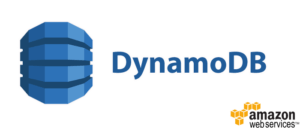
Main Features: DynamoDB is a fully managed NoSQL database from AWS, suitable for serverless and cloud-native web applications.
Scalability and Performance: DynamoDB achieves high scalability and performance by distributing data across multiple servers and handling increasing workloads in the cloud environment.
Security Features: DynamoDB integrates with AWS security services for strong protection.
Pros: DynamoDB is fully managed, which means it handles all the tricky stuff.
Cons: The costs can increase with usage.
Use case scenario: In a fitness tracking app, DynamoDB swiftly stores and retrieves user workout data. When a user logs a new exercise, like a run, DynamoDB stores it, allowing users to view their progress instantly. This real-time data handling helps keep users motivated and engaged with their fitness journey.
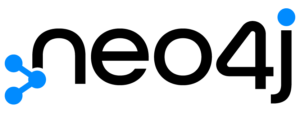
Main Features: Neo4j is a graph database, which is ideal for applications with complicated data.
Scalability and Performance: Neo4j scales and performs well, specifically when dealing with complex relationship data.
Security Features: Neo4j provides good security features for data protection.
Pros: Neo4j makes it easy to work with complex relationships in your data.
Cons: It may not be suitable for non-graph data.
Use case scenario: In a healthcare web app, Neo4j helps map complex patient relationships. Doctors can easily trace medical histories, identify potential risks, and improve treatment plans. Neo4j helps pinpoint hereditary diseases by connecting family medical records, ensuring better healthcare decisions and patient care.

Main Features: Firebird SQL is an open-source relational database known for its lightweight nature and ease of use.
Scalability and Performance: Firebirdsql is suitable for small to medium-sized web applications.
Security Features: Firebird SQL’s security is basic and may not be suitable for applications that need advanced security features.
Pros: Firebird SQL is an open-source database that works on various computers
Cons: Firebird SQL struggles with handling large amounts of data for bigger projects.
Use case scenario: Imagine a small online bookstore. They use Firebird SQL to manage their inventory. When customers search for books, Firebird SQL quickly finds titles, prices, and availability. It also tracks orders and customer details securely. Firebird SQL scales effortlessly as the bookstore grows, making it an ideal choice
Not all websites and web apps require databases. Simple, static websites, like personal blogs or landing pages, don’t need databases because they don’t store dynamic data. Similarly, small web apps with less user data may function without a database by storing data in files or using third-party services.
In applications involving user accounts, data input, or complex data relationships, databases become important. The need for a database depends on that particular website or app’s functionality.
An important trend that will be there in 2023 is zero-downtime capabilities, which means databases can work continuously without any interruptions. Automated management is also rising, with databases becoming more self-sufficient in handling routine tasks, reducing a lot of human intervention. Data privacy and security are also trending factors. The year 2023 brings us databases that are more reliable, efficient, and secure.
Choosing the correct database is like picking the right tool for the job. So here are a few points to consider:
Performance: The performance of the database is important for our website to run smoothly and efficiently.
Security: This is an important factor to be considered because the data has to be protected from getting leaked.
Cost: Considering cost is important when choosing a database for a website because it can impact the project’s budget and resources significantly.
Apart from these, there might be specific needs, like handling lots of or little data. Should the website or app be simple or powerful? When all these factors are taken into account, it would be easy to select the correct database.
These are the top 15 best web database applications to use in 2023. If you are a developer or an organization, with so many options, it is tough to decide, but we hope this article helps you pick the right one according to the project’s requirements.
A database for web development is like a digital filing system that stores and manages data.
Choosing the right database is important when the app that is being developed should be fast, reliable, and secure.
While choosing the best database, you have to think about the project’s requirements, like how much data we will have and how fast it should be.
Yes, it is possible, but it becomes more time-consuming and complex.
Sign up with Ellow, and access 25,000+ pre-vetted profiles and start building your mobile application development team in 48 hours.
Great ideas need great people. Partner with us to bring your vision to life, or take the first step in your career by joining our team of innovators.
Looking to build your career in development? team@ellow.io